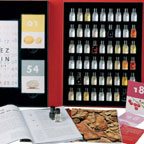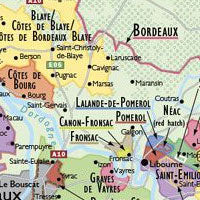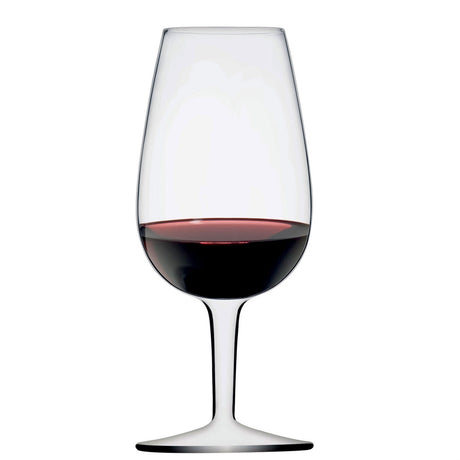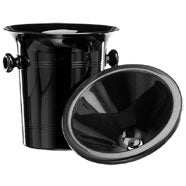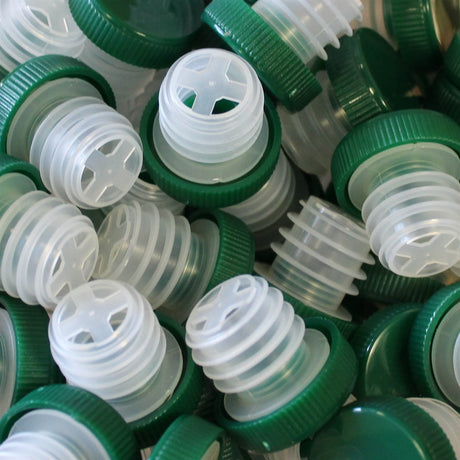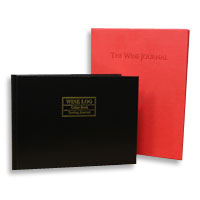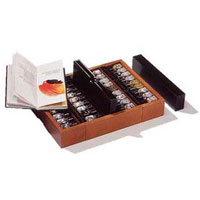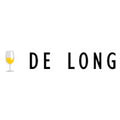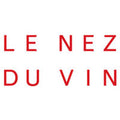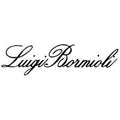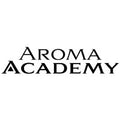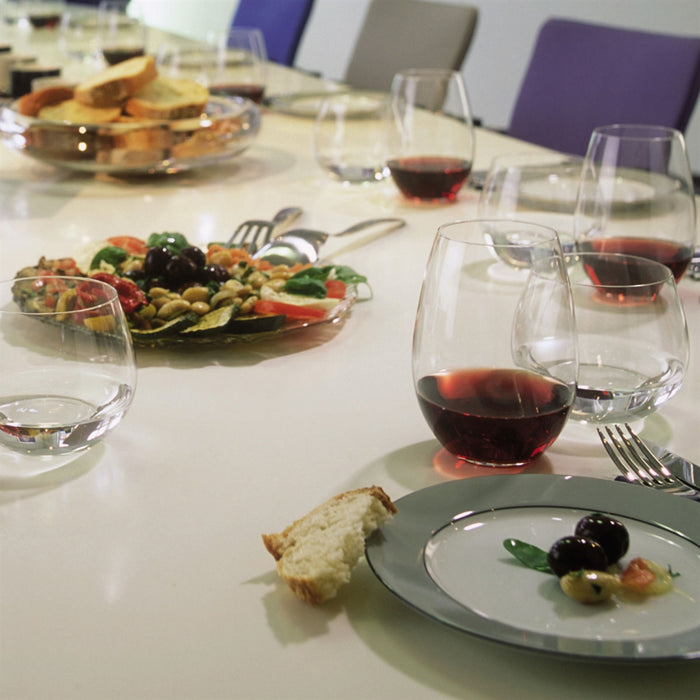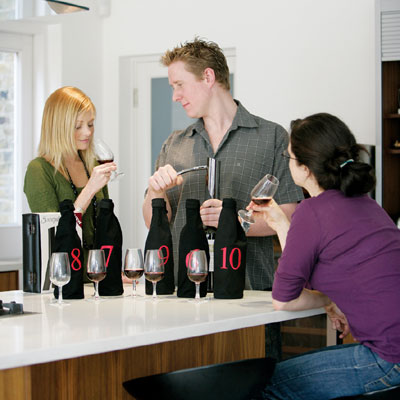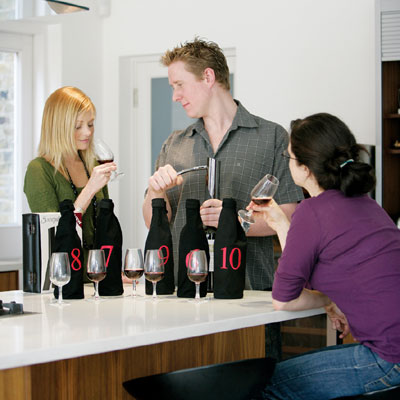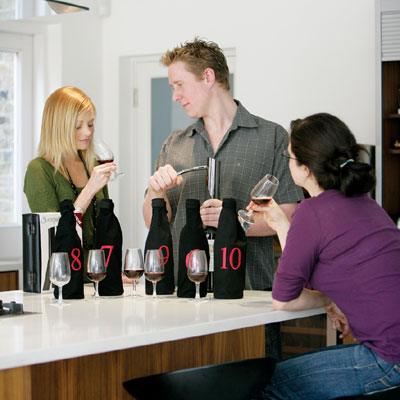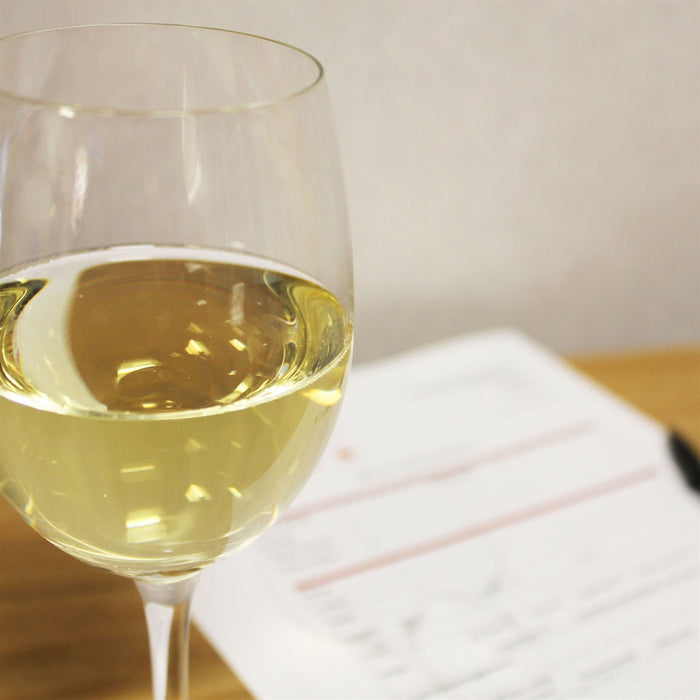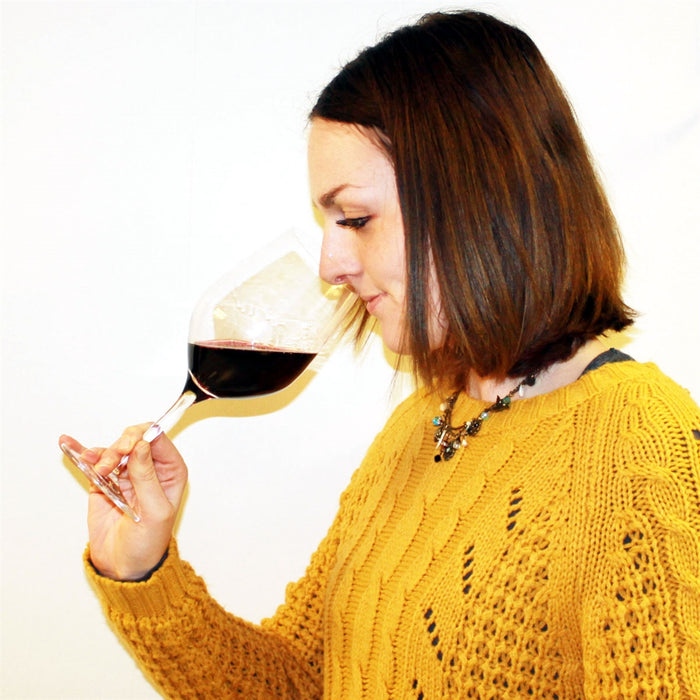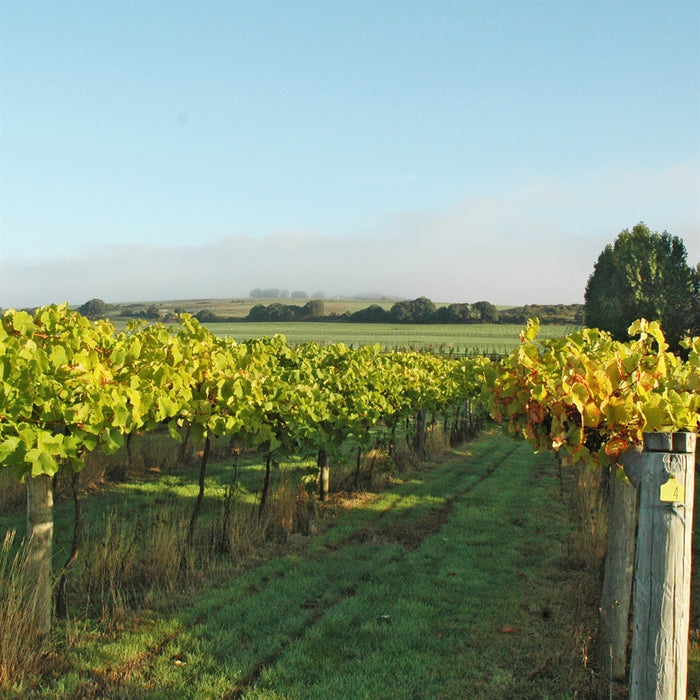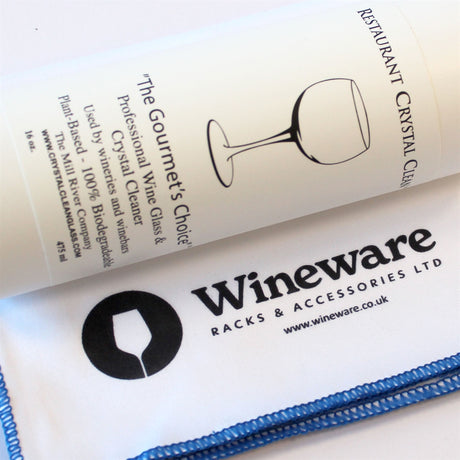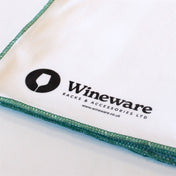- Three core elements underpin wine tasting: visuals, aroma (smell), and palate (taste).
- An appropriate glass is fundamental to a successful tasting experience.
- Regardless of whether you swallow or use a spittoon, taking notes on the wine's appearance, smell, and flavour is highly recommended.
Why Taste Wine?

Wine tastings are all about enjoying various wines and figuring out what you like and don't like. Getting into wine tasting helps you pick out specific flavours and aromas you're keen on, which makes ordering at a restaurant or pub much simpler. While becoming a wine expert can take years, even a basic grasp will put you in good stead.
It's also a fantastic social activity. You'll often find small or large tasting events happening regularly, weekly, or monthly. These could be anything from a formal tasting club to a casual get-together with mates down the local. Wine merchants and shops frequently host annual open tastings to gauge the popularity of a particular vintage or producer and gather detailed customer feedback.
Themed tasting events typically focus on a specific wine type or grape variety. Sometimes, these wines are paired with complementary food, like cheese and canapés with an Italian red, to enhance the experience.
For those eager to deepen their knowledge, tutored tastings are available. These sessions teach you about the origins and history of wine and how to taste it in an educational setting. They often include comparative tastings, highlighting the subtle differences between similar wines.
Organisations like the WSET (Wine & Spirit Education Trust) offer various qualification levels for both wine professionals and keen amateurs. You can find WSET courses and online classrooms all over the country, making it easy to further your wine education.
How to Taste Wine Without Being an Expert
Wineware has compiled a complete guide to wine tasting that's straightforward to follow. You'll learn exactly how to approach it, as it's broken down into easy-to-manage sections. This includes everything from the ideal tasting conditions and what you'll need if you're hosting an evening, to the three main components of tasting: visuals, smell, and taste. Our aim with this guide is to make wine tasting less daunting and more enjoyable, because at its heart, it should be a fun and engaging activity.
This guide is suitable for everyone, whether you're an amateur keen to learn 'the art of wine tasting' or a seasoned critic looking for a quick recap.
Wine Tasting Conditions
Whether you're hosting or just attending a wine tasting evening, the environment does shape the experience. For the best possible tasting, here are the ideal conditions:
- A quiet room is key, free from large crowds and excessive noise. Distractions can genuinely affect your taste; background noise might make it harder to pinpoint specific aromas.
- The room should be odour-free, without too many strong or overpowering smells. While truly 'neutral air' is tough to achieve, avoiding competing scents is vital, as strong odours can linger and interfere with the wine's bouquet.
- You'll also need good lighting in your chosen space. This is essential for accurately making and recording your visual observations of the wine.
Finally, the wine must be served at the correct temperature and in appropriate glassware. Sometimes, you might even need to 'condition the glass' – rinsing it with a little wine (not water) if it seems a bit musty.
Wine Tasting Essentials
You might wonder what to bring along if you're heading to your first wine tasting. Generally, there's no need to worry; the glassware, wine, and spittoons are almost always provided at these events.
However, it's always a good idea to pack a couple of pens and a small notebook to jot down your tasting notes. While some events might provide tasting checklists, it's worth checking beforehand if you're unsure. You can also pick these up online or from wine shops and merchants; they're excellent for prompting your observations. Furthermore, 'key wine term' books and dictionaries are beneficial for describing wines and are usually quite affordable. Of course, a wealth of essential wine terminology resources is also available online.
For 'blind' tasting events, bottles will be covered entirely, and they often use black wine glasses. These are designed to stop you from seeing the wine's colour, ensuring your nosing and tasting are unbiased.
Click here to find your own set of wine tasting glasses.
Three Main Components of Wine Tasting
Visuals, Smell and Taste
You'll often be offered edible refreshments between tasting different wines, typically like crackers or pieces of bread. These are designed to neutralise your palate, ensuring each new wine is tasted accurately.
Every tasting event is unique, so it's a good idea to check the tasting protocol beforehand. Some sessions will provide spittoons, where you're encouraged to spit the wine out after noting its flavour and characteristics. It's worth remembering that even if you spit, you'll still absorb some alcohol through your nose, throat, and sinuses. If you're unsure how to spit accurately into a spittoon through pursed lips, practising at home before the event can be helpful!
Other tasting sessions, however, encourage you to swallow the wine and record your observations. Generally, glasses are filled about a third of the way up. Overfilling a glass can make it challenging to swirl the wine properly and appreciate its aromas.
Visuals
We examine a wine's appearance to help identify any potential faults, such as poor storage or a compromised cork seal.
The lighting in the room significantly impacts your tasting experience. A good environment is crucial; natural light is preferred, and a white backdrop (like a tablecloth, wall, or piece of paper) is ideal.
There are four primary ways to view your glass. It's best to hold your glass against a white backdrop for each. This lets you record the wine's colour and intensity precisely. The four eye-level observations are:
 |
1. Straight Angle View – Look at the glass straight on, perhaps leaving it on the table. Note your initial impression of the colour; after completing all four observations, you might adjust this. |
 |
2. Side Angle View - This angle allows you to assess how clear your wine is. Note its transparency in detail. |
 |
3. Tilted View - Tilt your glass 45 degrees and hold it against your white backdrop. This helps you get a much better idea of the depth of the wine's colour and transparency. |
 |
4. Swirl – Swirling your glass thoroughly mixes the wine and allows it to settle, preparing it for your final visual check. You can even note any froth the wine might have (if applicable). |
Record all your observations once you've held your glass in these four positions. Throughout this process, keep these basic questions in mind:
- What colour is the wine? For most reds, shades of orange, amber, or brown typically indicate age, while purple suggests youth. For whites, green often indicates youth, whereas orange and brown suggest age. Rosé will appear purply-pink when young, turning orange and brown with age. However, remember that some wines change colour more rapidly than others.
- Is the wine clear and bright, or does it look dark and murky? Try to record the intensity of the colour, its opacity, and the specific shade. As a general rule, reds tend to get lighter with age, and whites get darker, though this isn't always true for every variety. When noting the colour, try using a scale – perhaps from 'clear' to 'medium' to 'intense' to 'dull' – to describe precisely what you see.
Smell (also known as ‘Nosing the Wine’)

Our sense of smell is often even more powerful than our sense of taste, so having neutral air during the tasting is vital to focus solely on the wine's aroma.
To get a good impression, it's recommended you swirl your glass for about 10–12 seconds, or give it five quick, good rotations. This action breaks the wine's surface, releasing its natural aromas and helping to vaporise some of the alcohol.
Cork taint is the most common fault. Your sense of smell can pick up cork taint, which can range from stripping the wine of its fresh, fruity scent to giving it a damp, musty, or frankly repulsive smell.
To fully appreciate all the aromas, you need to stick your nose right down into the glass and inhale deeply. The initial smell should be strong enough to immediately bring to mind some familiar scents, perhaps fruity or spicy. Remove your nose for a few seconds, then return. This time, try to distinguish more specific smells; if it was generally 'fruity' before, can you now pick out individual fruits such as blackberries, strawberries, or bitter lemons? Defining specific smells leads to a much more accurate wine assessment than vague terms like 'feminine' or 'clumsy'.
As a rough guide, younger wines generally smell fruitier, while older wines tend to offer more spicy or savoury notes. However, this is just a generality and doesn't apply to every single wine.
WSET® Systematic Approach to Tasting Wine (Level 2) list from the Wine & Spirit Education Trust is helpful for identifying aroma and flavour characteristics during your tasting.
Taste

Recording the taste is an essential part of wine tasting. Unlike your nose, your mouth can also recognise texture.
Depending on the event, some people prefer to spit into a spittoon after a few seconds, while others choose to swallow the mouthful of wine. It's best to clarify the expected conduct at the start of your event – some do, some don't! Most professionals will spit, especially during longer tastings. Generally, people drink at social tastings.
Many wine checklist sheets can help you record a wine's taste. Wineware offers a downloadable ‘Wine Tasting Notes’ (click here for the PDF). It's also helpful to have a list of basic wine terms handy; Wineware has a downloadable ‘Basic Wine Tasting Terms’ (you can click here for the PDF).
How Do I Taste Wine Properly?
The fun (and perhaps some funny faces!) comes in here! To taste properly, take a small amount of wine into your mouth and swish it around your mouth for a few seconds. Here's the interesting bit: after swirling, try sucking a little air through your lips for a couple of seconds. (Maybe don't wear your best outfit, just in case you dribble!) This allows air to mix with the wine, helping to release its full range of flavours.
Pay attention to how the wine tastes as it hits different parts of your tongue, if you're swallowing. Your tongue has five main areas of sensitivity: bitter, sour (acids), salt, sweetness, and finally, tannin, which is mostly detected on the gums. After swallowing, the wine's taste will linger, so try to record how long this "aftertaste" lasts.
The taste description might often mirror your 'smell' observations. However, remember that your palate can also identify the texture and body of a wine.
The Texture of a Wine
When you first taste the wine, you'll notice its texture, which includes its acidity, tannins, alcohol content, and body.
The Acid
Acidity is most strongly detected on the sides of your tongue and makes your mouth water. It's also what gives a wine its refreshing and vibrant quality. Acidity is particularly vital for sweet wines; if it's too low, the wine can taste cloyingly sweet.
The Tannin
Tannin, found in grape skins, is a bitter flavour, predominantly sensed at the back of your tongue. The astringent sensation from the tannin causes that dry feeling in your mouth, which is felt most strongly on your gums. Well-ripened tannin also contributes to a wine's viscosity.
Alcohol Content
The alcohol content of a wine is simply the quantity of ethyl alcohol it contains. You'll taste it; typically, wines with a lower alcohol content tend to taste sweeter.
The Body
The body describes the weight of the wine in your mouth. Is it light or heavy? Soft or firm? Sweet or dry?
The Flavour Profile of Your Wine
This is where you can pinpoint the exact tastes. You might have initially described it as 'fruity' based on smell, but now, you can note a sweet plum and berry taste on your tongue. Aim to define the precise flavour rather than the generalities you might have recorded during the 'smell' observation. Can you taste honey or butter? Herbs or earthiness?
Length (Aftertaste of Your Wine)
It's important to record how long the flavour persists after you've swallowed, which is known as the ‘finish’. This often correlates with the wine's body. The main descriptions for the body of wine are:
- Light-bodied – similar to water in consistency.
- Medium-bodied – a weight comparable to milk.
- Full-bodied – a rich consistency, like cream.
Basic Wine Questions to Answer on Taste
- Did you enjoy it? If not, try to articulate precisely what you disliked – perhaps a particular flavour or that dry sensation on the sides of your tongue.
- What food (meal or snacks) can you imagine this wine complementing? If you've found a wine you like, consider what food would pair well with it.
- Would you buy it?
- Would you recommend it to a friend or family member?
If you enjoyed the wine and rated it highly (across visuals, smell, and taste), clearly write down its name, producer, and the year it was produced (vintage). If you have a wine app, you could also scan the bottle.
Will You Try or Host Your Own Wine Tasting?
At Wineware, we've encouraged you to give tasting a go! Wine tasting is a fantastic opportunity to expand your knowledge, and whether it's a social activity or a qualification you're pursuing, always remember to have fun. Ultimately, tasting is an individual experience about discovering what truly tickles and tantalises your taste buds. Remember, we all have our own unique preferences. Have fun trying new varieties and try to keep an open mind; that's how you'll discover a whole new world of wines.
Should you need any further advice or guidance on wine tasting, please don't hesitate to contact Wineware.

